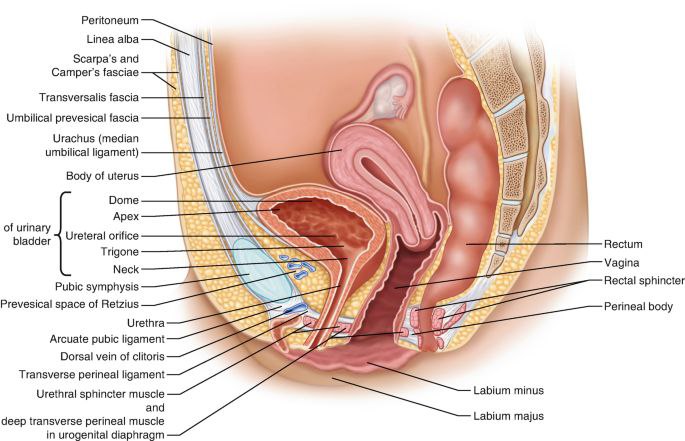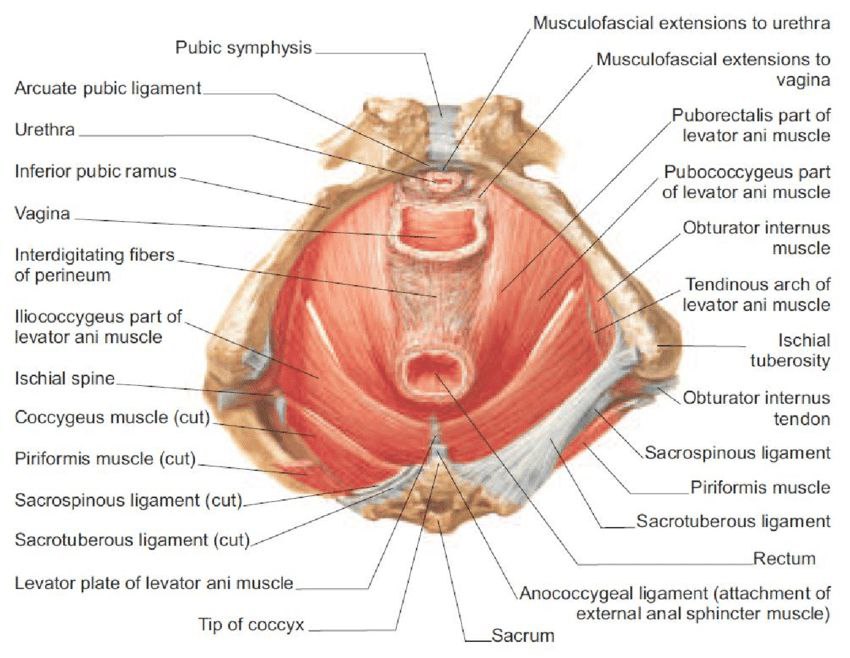⚠️ One in two women over the age of 50 has ORGAN PROLAPSE!
It is often accompanied by urinary incontinence and severe pain.

And traumatization of the pelvic floor in the process of childbirth, which provokes prolapse, occurs in up to 70% of women! But childbirth is not the only cause of prolapse. It's influenced by🔻
What happens during the inhalation process⤵️
the thoracic diaphragm is contracting > intra-abdominal pressure increases > the abdominal organs go down > the pressure goes to the pelvis > the elastic pelvic diaphragm “dampens” that pressure
But with stagnation in the ACO, bowel problems, adhesions, this process is disrupted and negatively affects the pelvic organs and pelvic diaphragm❌

👉🏼 PELVIC FLOOR MUSCLE CONDITION (PFM). Why are they weakening? It's affected by:
🔴 Sacrum traumas
the sacral plexus is injured and due to nerve traumatization, innervation is impaired and PFM are weakened
🔴 Coccyx trauma
If the coccyx is bent forward, the distance between it and the pubic symphysis is reduced. The tissue tension is also reduced and the ligaments and muscles are weakened!
🔴Stagnation and tension in the pelvis
stagnation in the tissues, in the intercellular substance causes their stretching, excess fluid under pressure stretches the connective tissue. Blood supply and innervation are disturbed.
⚠️ Important to know: consequences of inflammatory processes, psychosomatics
the pelvic area is very sensitive to various emotions, they also affect the pelvic area and form tension!
👉🏼 OPERATIONS on the uterus, cervix (episiotomy, caesarean section, etc.) affect the tendon center, the muscles holding the pelvic organs, they lead to spasm of the peritoneum, to the formation of adhesions and consequently often to organ prolapse!